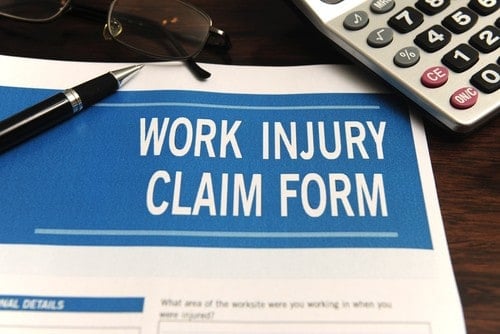Effective on Jan. 1, 2015, a new workplace injury reporting rule defined by the U.S. Occupational Safety and Health Administration will change how employers notify this government agency following a severe injury or fatality on the job.
Ideally, the clarification will help organizations track and report these dangerous accidents, maintain better records and use all this information to create more efficient risk management solutions for the workplace.
OSHA Shifts Reporting Requirements
On Sept. 11, OSHA released its new requirements for on-the-job injury reporting, pertaining to all fatalities and serious injuries where the employee is either hospitalized, loses an eye or requires amputation.
OSHA explained that the new rule will require all employers to report employee fatalities within eight hours of incident, and report all hospitalizations or serious injuries in the first 24 hours. Before this change, employers didn't have to share this information with OSHA as long as the accident involved fewer than three workers.
U.S. Secretary of Labor Thomas Perez said in a statement that these changes will help improve workplace safety.
"Today, the Bureau of Labor Statistics reported that 4,405 workers were killed on the job in 2013," Perez explained. "We can and must do more to keep America's workers safe and healthy. Workplace injuries and fatalities are absolutely preventable, and these new requirements will help OSHA focus its resources and hold employers accountable for preventing them."
Exempt Employers List Updated
In addition to changing the reporting requirement, OSHA also announced a new list for the employers exempt from this rule. Like before, any company with fewer than 10 workers won't have to follow these guidelines.
A number of industries are on the exempt list, including real estate brokerages, insurance carriers, newspaper publishers, universities and many more. However, construction, manufacturing and healthcare organizations will be required to abide by this new rule.
Tracking your injuries, illnesses and workers' compensation insurance statistics is a positive step for your company, regardless of your industry. Even if you legally don't have to report to OSHA, you should want to record all incidents for your future analysis. Understanding where these events took place, why they occurred and who was involved will help you craft more effective risk management strategies. For instance, certain processes may be more hazardous than you thought, or your scheduling and staffing practices could be placing some people in harm's way.



